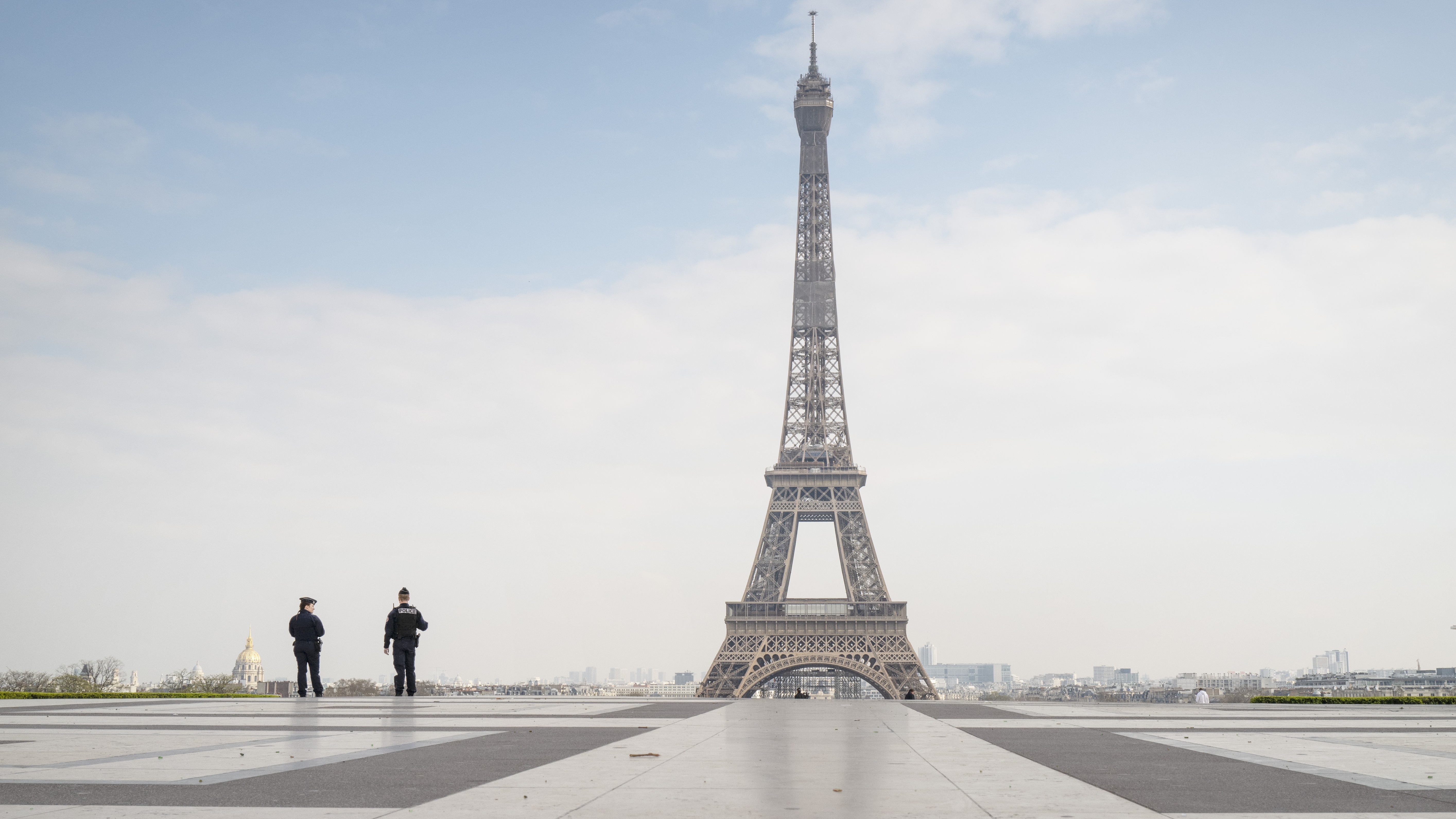How coronavirus is changing Europe’s tourist hotspots
Cities that previously hosted anti-tourism protests are now offering discount vouchers for visitors

For decades, residents of Europe’s tourist-filled cities complained about the swathes of visitors that crowded their streets, bars and travel networks.
But today, those locals may be having second thoughts, as tourists - and the much-needed revenues they bring - remain absent from many former travel hotspots despite the lifting of coronavirus restrictions.
Pre-coronavirus
The Week
Escape your echo chamber. Get the facts behind the news, plus analysis from multiple perspectives.

Sign up for The Week's Free Newsletters
From our morning news briefing to a weekly Good News Newsletter, get the best of The Week delivered directly to your inbox.
From our morning news briefing to a weekly Good News Newsletter, get the best of The Week delivered directly to your inbox.
Before coronavirus hit Europe earlier this year, the continent’s cities were among the most visited in the world.
In 2019, Barcelona welcomed 30 million visitors, Amsterdam attracted 19 million, and Venice got 25 million visitors, says The Guardian.
The last of this trio has previously been cited as an example of a tourist destination that became a victim of its own success, with an annual flood of tourists causing misery for residents and driving up rental prices.
“Around 2,000 people leave each year,” an anti-tourism protestor told media in 2017. “If we go on this way, in a few years’ time Venice will only be populated by tourists. This would be a social, anthropological and historical disaster.”
A free daily email with the biggest news stories of the day – and the best features from TheWeek.com
How things are changing
When coronavirus hit, tourism was explicitly banned across almost all of Europe, with authorities in popular destinations telling residents to stay indoors and visitors to stay away.
Gradually, lockdown measures have been peeled back, with hotels and restaurants allowed to reopen, and mandatory testing and quarantines lifted.
But while some tourists have begun to trickle back to Europe’s famous cities, the relaunch in many areas has been sluggish.
In Tenerife, tables sit empty. “Bookings are down 80% in Italy despite government incentives. Ferries to the Greek islands are carrying well under half the load they once did,” reports The New York Times.
Few people are venturing outside their own country’s borders within Europe, and visitors from outside the continent are few and far between. “Just 13 countries are on the list of those considered safe by the European Union, a list that so far excludes the United States,” says the newspaper.
As further restrictions are lifted, more people will start to venture out of their home countries and visit their European neighbours and beyond. But the collapse of hotels, restaurants and budget airlines across Europe is expected to change the way tourism operates in the longer term.
“We think the low-cost market is going to change, both because of effects on airlines and attitudes to mobility,” Xavier Marce, the Barcelona councillor responsible for tourism, told The Guardian.
“Tourism will be completely different,” she said. “Not everyone will travel like they used to. And those who do travel may want to do so in a calmer way, maybe they will see less but enjoy the experience more.”
Governments are doing what they can to help the hospitality industry.
After being hit hard and early by the coronavirus, Italy has tried to promote tourism within its borders by issuing vouchers of up to €500 (£450) per family for lodging. The Italian parliament was told earlier this month that about 400,000 vouchers worth a total of €183m (£165m) had been handed out.
But only a small fraction of Italian hotels are accepting the vouchers, according to Milan-based newspaper Corriere della Sera.
And a feared second wave of coronavirus cases could be the nail in the coffin for hospitality businesses across much of Europe.
That threat is already looming in some regions.
In Barcelona, residents are being asked to stay at home for 15 days, as the daily Covid-19 infection toll once more climbs to more than 1,000 in Spain’s Catalonia region, reports the BBC.
Barcelona bar owner Maria Quintana said: “We’d just started to see things coming back to life with the arrival of a few foreign tourists, so this is a step backwards.”
-
 Tea with Judi Dench: ‘touching’ show is must-watch Christmas TV
Tea with Judi Dench: ‘touching’ show is must-watch Christmas TVThe Week Recommends The national treasure sits down with Kenneth Branagh at her country home for a heartwarming ‘natter’
-
 Codeword: December 24, 2025
Codeword: December 24, 2025The daily codeword puzzle from The Week
-
 Crossword: December 24, 2025
Crossword: December 24, 2025The daily crossword from The Week